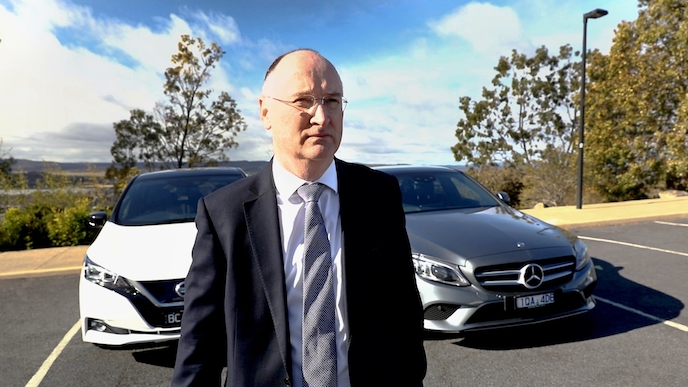
Australia’s automotive industry delivered 86,878 vehicles during February 2023 – a 1.8% increase (1538 units) on the same period in 2022 (85,340) during the same number of selling days (24), making 64.1 vehicle sales per day.
“This is the best February result since 2019. It is particularly pleasing given global and domestic supply constraints,” says Federal Chamber of Automotive Industries (FCAI) chief executive Tony Weber.
Battery electric vehicles (BEVs) accounted for 6.8% of sales with 5932 sold in February.
“Growing sales of electric vehicles proves that where a battery electric product exists which suits the driving habits, needs and finances of Australian motorists, they will purchase these vehicles,” says Weber.
Zero- and low-emission vehicle sales, which includes battery electric, hybrid and plug-in hybrid vehicles (PHEVs) accounted for 13.9% (12,102).
“The number of low emission vehicle sales demonstrates that there is an appetite among Australians for environmentally friendly vehicles,” Weber explains.
“However, if we wish to accelerate this transition to a broader range of consumers in all parts of the country, Australia needs to adopt a fuel efficiency standard.”
About 13,625 vehicles were sourced from China, making it the third highest country of origin for new vehicles in February.
Japan remains the largest source of new vehicles in the Australian market (24,805), followed by Thailand (18,557), with Korea fourth (12,246).
Toyota led the market with 14,332 vehicles sold, with Mazda second (7667), followed by Ford (6022), Kia (6000) and Hyundai (5504).
The Ford Ranger was the highest selling model with 4473 sales reported, ahead of Toyota’s Hi-Lux (3939), Tesla’s Model 3 (2671), Mazda’s CX-5 (2600) and Mitsubishi’s Outlander (2166).








